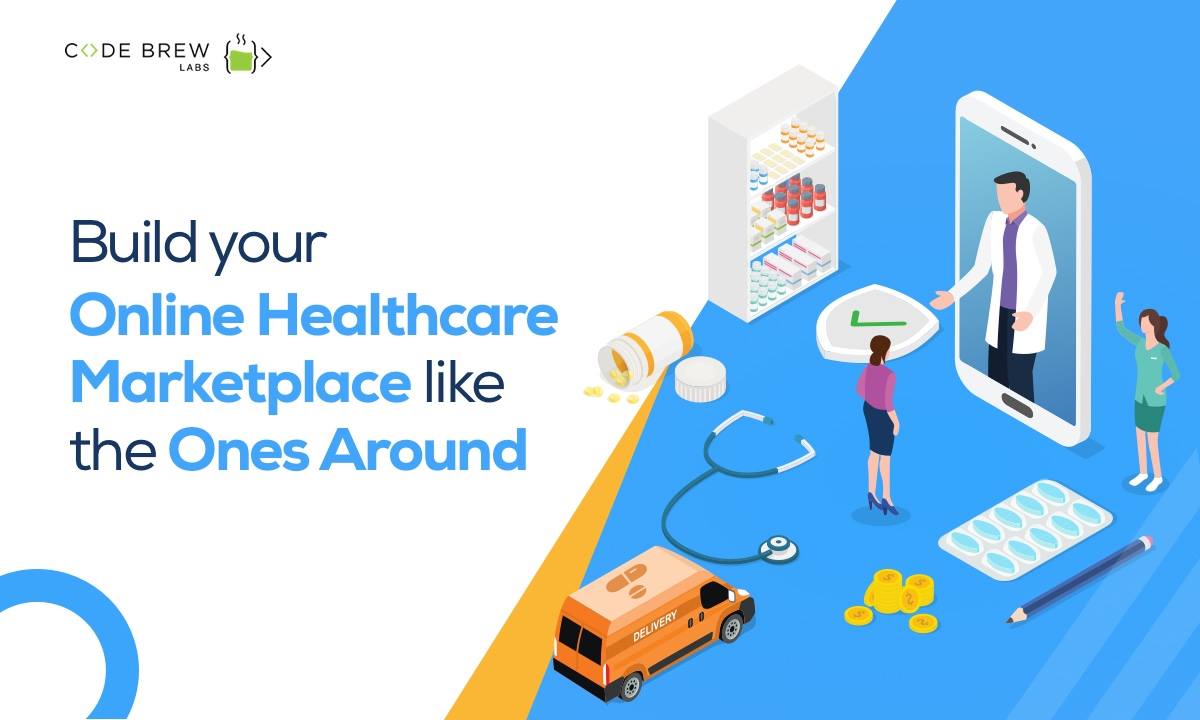Recognizing the Cost-Effectiveness of Subscription-Based Medical Care Versions
As the medical care landscape progresses, subscription-based versions arise as a compelling choice, guaranteeing to redefine how people manage clinical costs. Reviewing these designs' cost-effectiveness necessitates a nuanced contrast with typical insurance, considering both monetary effects and individual satisfaction.
Introduction of Subscription-Based Models
Subscription-based health care models, often described as straight medical care or attendant medicine, are increasingly obtaining attention as a possible solution to ineffectiveness within typical medical care systems. These designs operate on the principle of offering individuals direct access to doctor through a yearly or regular monthly charge, bypassing the requirement for typical insurance devices. This arrangement aims to enhance patient-provider communications by lowering administrative burdens, which often impede individualized and timely care.
At the core of subscription-based designs is the emphasis on a more tailored patient experience. People profit from enhanced accessibility to their medical professionals, usually consisting of same-day or next-day consultations, extended assessment times, and straight interaction networks such as phone or video calls. This version promotes a proactive method to medical care, where people and providers can collaboratively concentrate on preventative care and chronic condition administration.

Price Contrast With Standard Insurance Policy

Among the primary economic benefits of registration models is openness in costs. Individuals pay a predictable cost, which can simplify budgeting and financial planning. In addition, these models normally get rid of co-pays and deductibles for covered solutions, minimizing out-of-pocket investing. Alternatively, traditional insurance may be extra useful for people requiring specialized care or pricey treatments not covered under a membership model, as they profit from the more comprehensive coverage network and cost-sharing systems.
Nonetheless, cost-effectiveness is context-dependent. While membership designs might supply cost savings for those mostly requiring main treatment, individuals with persistent conditions or specialized health care demands might find typical insurance coverage a lot more thorough. As a result, reviewing particular medical care requirements and possible usage is important in figuring out the most affordable choice for individuals.
Influence On Individual Fulfillment
Person fulfillment within subscription-based healthcare designs usually reflects a considerable renovation over typical insurance coverage systems. This enhancement is primarily associated to the personalized care and access these designs supply. Patients regularly report greater complete satisfaction as a result of reduced delay times and the this content convenience of scheduling visits. Unlike traditional systems, where people may experience hold-ups in getting care, subscription-based versions make certain more straight and timely communications with doctor.
Additionally, the openness in expenses connected with subscription-based healthcare minimizes the common stress associated with unanticipated costs and complex payment processes seen in conventional insurance policy (subscription based healthcare). People appreciate understanding the specific economic commitment upfront, website here causing increased depend on and confidence in their medical care administration
Furthermore, the emphasis on preventive care and wellness in membership designs adds to improved health and wellness outcomes, better improving person fulfillment. By focusing on continuous health care instead of episodic care, individuals experience a more alternative and constant medical care journey.
In addition, the improved provider-patient relationship cultivated in these models, identified by more time spent per person and individualized interest, plays a crucial role in raising person satisfaction degrees, as patients feel truly cared for and understood.
Supplier Experiences and perspectives
From the service provider's point of view, subscription-based healthcare versions offer a transformative approach to supplying clinical solutions. These designs stress a preventative and aggressive health care method, enabling carriers to concentrate on thorough patient treatment without the constraints of conventional fee-for-service setups (subscription based healthcare). This change in focus typically leads to enhanced individual end results and enhanced provider complete satisfaction, as medical care professionals can allot more time and sources to individual engagement and individualized care strategies
Additionally, registration versions facilitate foreseeable income streams, which boost economic stability for doctor. This predictability i thought about this enables enhanced source preparation and allocation, contributing to an extra efficient health care distribution system. Providers can invest in staff training, modern technology, and infrastructure improvements, thus improving the high quality of care used.
Nevertheless, the shift to subscription-based versions is not without difficulties. Service providers must adapt to new functional structures, which can include significant adjustments in billing methods and patient management systems. In addition, there is a fundamental demand for durable information monitoring to track client end results and guarantee top quality care. In spite of these difficulties, numerous providers discover that the benefits of boosted person interaction and structured operations outweigh the preliminary obstacles, making subscription-based designs an eye-catching alternative.
Future Prospects and Obstacles

A key difficulty is regulatory compliance, as membership versions must comply with progressing health care plans and insurance policy needs. This demands constant adaptation and technology to make sure alignment with legal standards. Furthermore, integrating these versions right into existing healthcare infrastructures can be intricate, needing considerable financial investments in modern technology and training.
There is additionally the prospective threat of creating inequities in medical care gain access to, as membership versions may prefer those that can manage them, leaving at risk populaces underserved. Addressing this calls for thoughtful consideration of rates approaches and subsidy devices to ensure inclusivity.
Final Thought
Subscription-based medical care designs present a practical option to conventional insurance policy by providing economic predictability and transparency, especially profiting people with persistent problems or frequent health care needs. The cost-effectiveness of these versions is contingent upon private medical care usage patterns and circumstances.
Subscription-based healthcare versions, often referred to as straight main treatment or concierge medicine, are increasingly getting attention as a possible option to inadequacies within typical health care systems. Unlike typical systems, where individuals could experience delays in obtaining treatment, subscription-based versions make sure more prompt and direct interactions with healthcare carriers.
These designs emphasize a proactive and preventative medical care strategy, enabling suppliers to focus on detailed individual care without the constraints of typical fee-for-service setups. As these models continue to acquire traction, they offer the possible to transform person access to care, improve service shipment, and enhance health care investing.Subscription-based medical care models present a sensible alternative to typical insurance by supplying financial predictability and transparency, especially benefiting individuals with persistent conditions or frequent medical care demands.
Comments on “How Subscription Based Healthcare is Transforming Patient Access to Services”